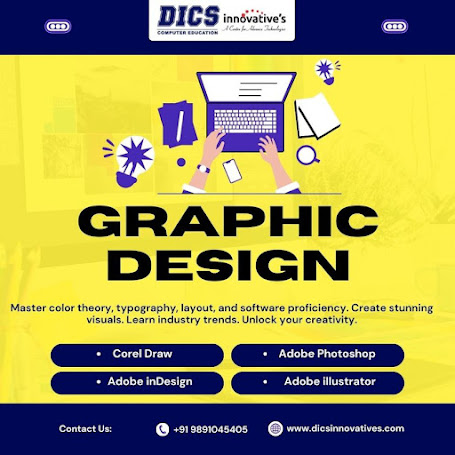BEST WEB DESIGN COURSE
## Web Design: Crafting Digital Experiences
### Introduction
Web design is an intricate blend of creativity and technical skill, forming the backbone of digital communication in the modern world. It encompasses various disciplines and skills in the production and maintenance of websites. From user experience (UX) and user interface (UI) design to search engine optimization (SEO) and content creation, web design is a multifaceted field that demands both artistic and analytical prowess.
### Core Elements
#### 1. Visual Design
Visual design is the art of creating a visually appealing and user-friendly interface. It includes the selection of color schemes, typography, images, and layout. The goal is to create a cohesive aesthetic that aligns with the brand’s identity and enhances user engagement.
- **Color Theory**: The strategic use of color to evoke emotions and highlight critical elements.
- **Typography**: The choice of fonts and their arrangement to ensure readability and convey the desired tone.
- **Imagery**: The integration of photos, illustrations, icons, and graphics to support content and improve visual appeal.
- **Layout**: The arrangement of content and elements on a page to create a balanced and intuitive design.
#### 2. User Experience (UX) Design
UX design focuses on enhancing user satisfaction by improving the usability, accessibility, and pleasure provided in the interaction with a website. It involves thorough research, testing, and refinement to ensure that the site meets the needs and expectations of its users.
- **User Research**: Understanding the target audience through surveys, interviews, and usability testing.
- **Wireframing**: Creating simple, low-fidelity sketches of the website’s layout and structure.
- **Prototyping**: Developing interactive models to test functionality and gather user feedback.
- **Usability Testing**: Conducting tests to identify and fix usability issues.
#### 3. User Interface (UI) Design
UI design is about the visual layout of the elements that a user might interact with on a website. It’s closely related to UX design but focuses more on the graphic design and layout of the site.
- **Interactive Elements**: Designing buttons, icons, and other interactive elements.
- **Responsive Design**: Ensuring the website works well on various devices and screen sizes.
- **Navigation**: Structuring the site’s navigation to be intuitive and straightforward.
### Technical Aspects
#### 1. HTML/CSS
HTML (HyperText Markup Language) and CSS (Cascading Style Sheets) are the foundational technologies for building web pages. HTML structures the content, while CSS controls the presentation, layout, and styling.
- **Semantic HTML**: Using HTML tags to structure content meaningfully.
- **CSS Flexbox/Grid**: Layout modules for creating complex and responsive layouts.
#### 2. JavaScript
JavaScript is a programming language that adds interactivity and dynamic content to websites. It allows the creation of engaging user experiences, such as animations, form validations, and interactive maps.
- **DOM Manipulation**: Changing the document structure, style, and content.
- **APIs**: Integrating third-party services and functionalities.
#### 3. Content Management Systems (CMS)
CMS platforms, such as WordPress, Joomla, and Drupal, simplify the process of managing website content without needing extensive coding knowledge. They provide tools for creating, editing, and organizing content efficiently.
- **Templates and Themes**: Pre-designed layouts that can be customized.
- **Plugins and Extensions**: Additional functionalities that can be easily integrated.
### SEO and Performance Optimization
Search Engine Optimization (SEO) is crucial for improving a website’s visibility on search engines. Performance optimization ensures that the site loads quickly and runs smoothly, providing a better user experience.
- **On-page SEO**: Optimizing individual web pages to rank higher and earn more relevant traffic.
- **Technical SEO**: Improving the site’s backend structure and coding.
- **Performance Optimization**: Techniques like image compression, lazy loading, and minimizing HTTP requests to enhance speed and efficiency.
### Conclusion
Web design is an ever-evolving field that requires a harmonious blend of creativity and technical skill. It is essential for creating websites that are not only visually appealing but also functional, user-friendly, and optimized for search engines. By mastering the core elements and staying updated with the latest trends and technologies, web designers can craft digital experiences that captivate and engage users, ultimately driving the success of businesses and brands in the digital age.




Comments
Post a Comment